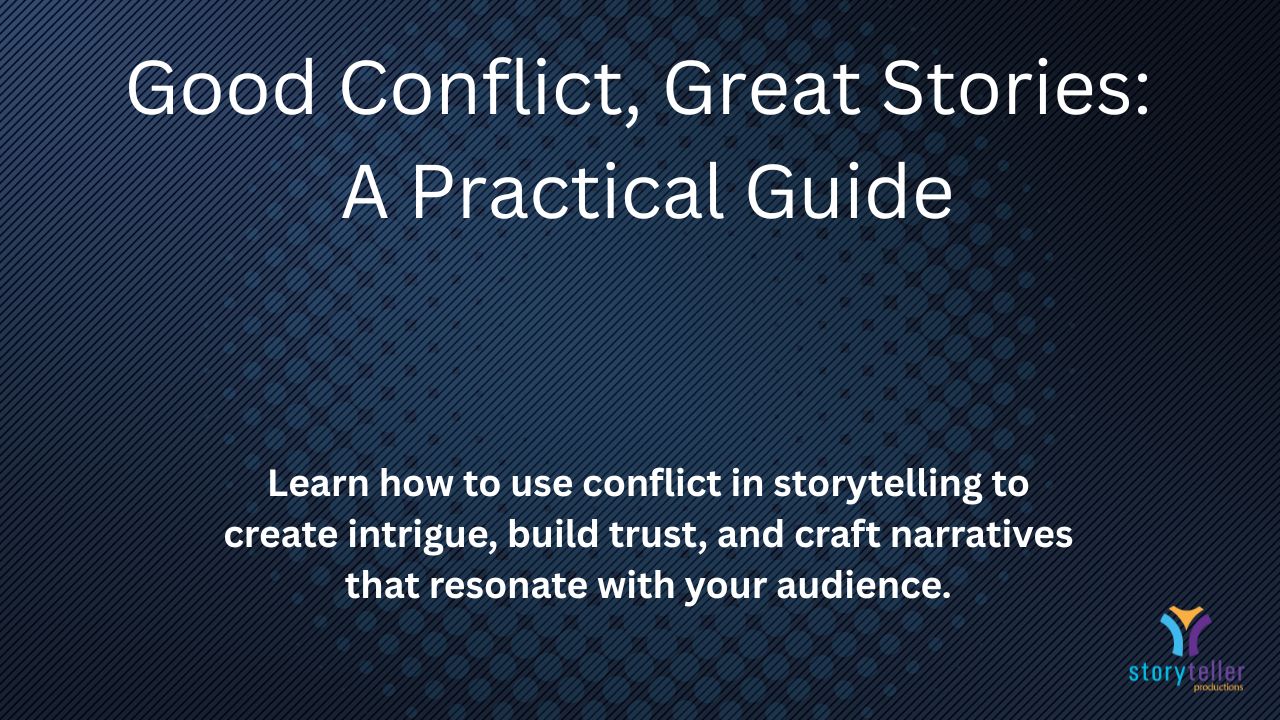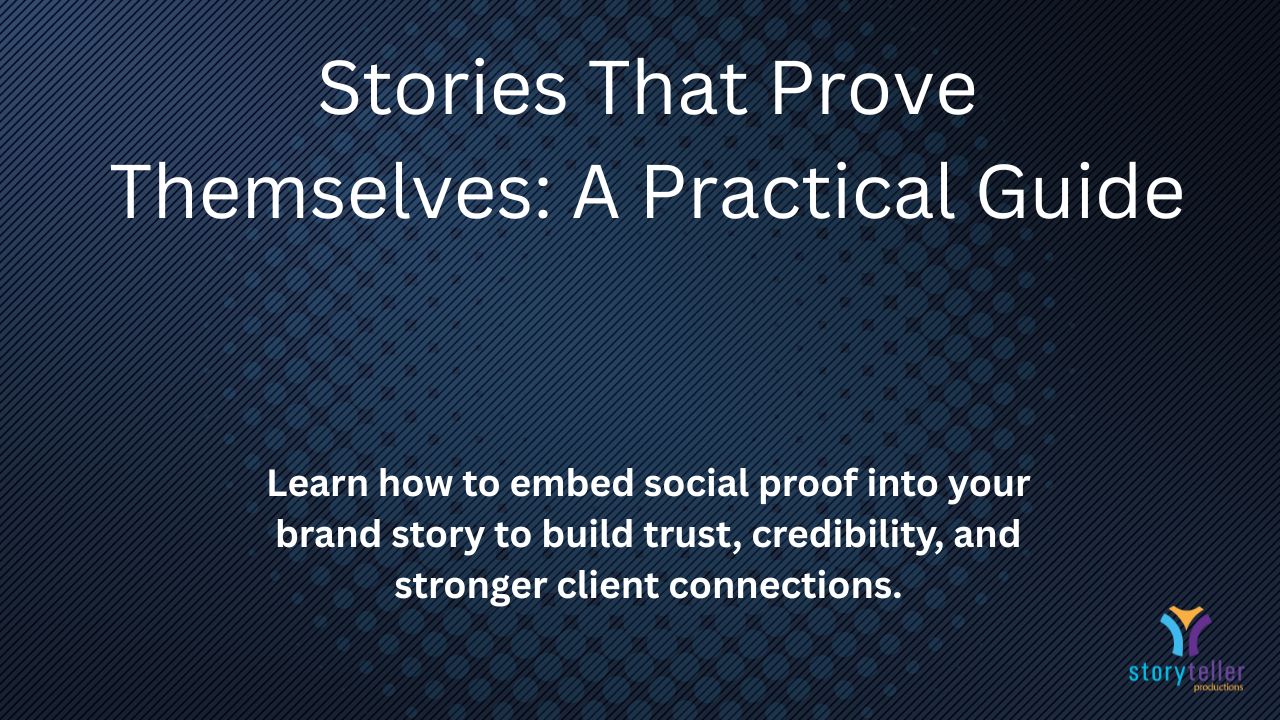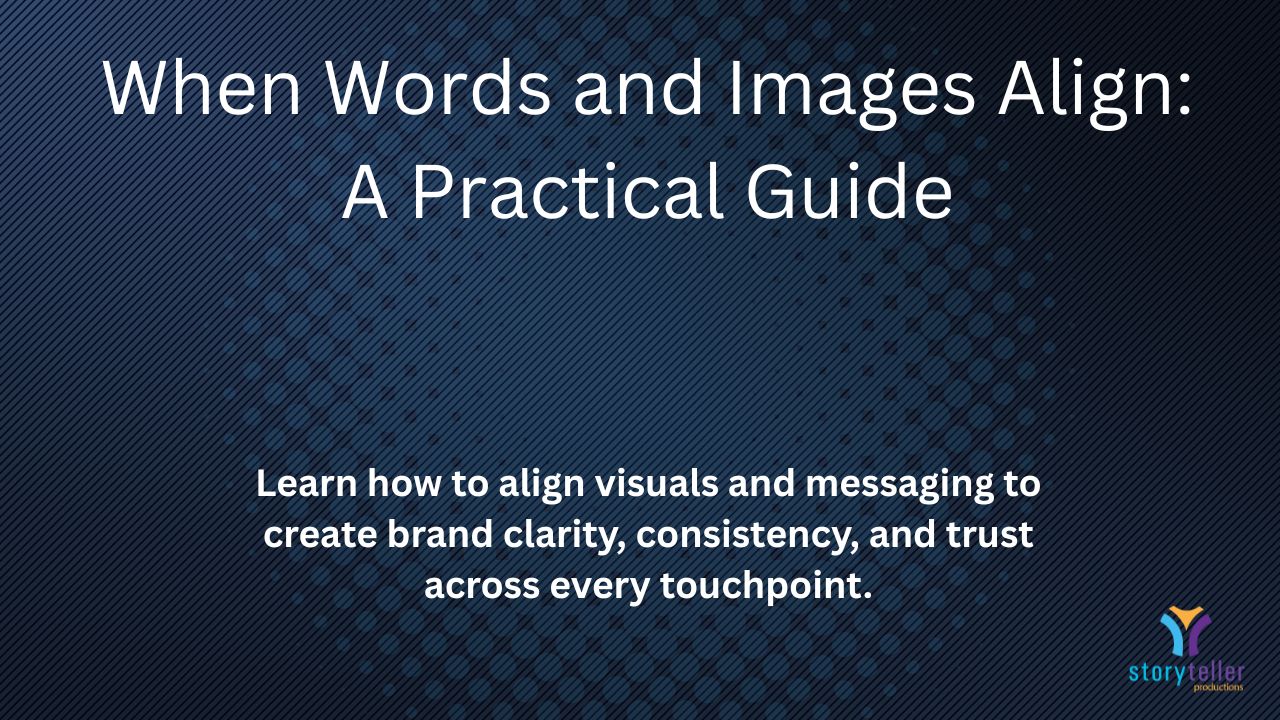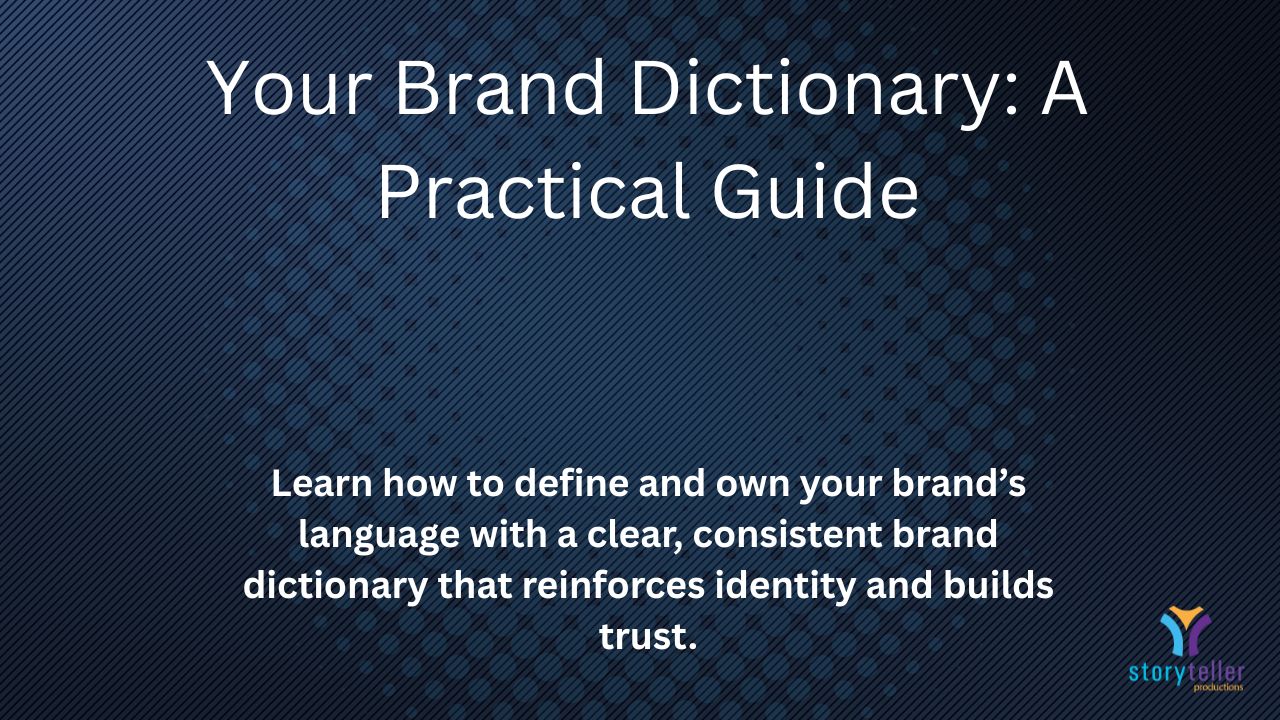Change the Frame, Change the Story: A Practical Guide
You’ve probably had this experience: two friends eat the same dish at a restaurant, but their descriptions sound like completely different meals. One says, “It was such a tiny portion and way overpriced.” The other says, “It was beautifully plated and worth every bite.”
Same food. Same facts. Different frames.
That’s the power of framing. The object itself doesn’t change — what changes is the emotional interpretation attached to it. One frame highlights frustration. The other highlights delight. And depending on which frame you hear first, your own expectation of the dish will shift dramatically.
In communication, the same principle applies. The facts of your story might stay constant — but the way you frame them determines whether your audience sees a problem, an opportunity, a risk, or a reward. Master framing, and you don’t just tell a story. You shape the meaning people take from it.
Why Framing Matters
The framing effect is a cognitive bias: people’s decisions are influenced more by how information is presented than by the information itself.
- “90% success rate” feels hopeful.
- “10% failure rate” feels discouraging.
- Same numbers. Different story.
If you don’t control the frame, your audience will supply their own. And often, it won’t be the one you want.
Three Frames That Change the Story
1. The Positive Frame: Show the Upside
The positive frame emphasizes benefits and possibilities. It cues emotions like hope, pride, or excitement.
Example:
A fitness tracker launch framed as “Finally, a tool that helps you see progress every day” is energizing and motivating. Framed negatively as “Don’t risk being inactive,” it might provoke guilt but not momentum.
Actionable Insight: Write your message in both positive and negative terms. Which one makes your audience lean in? Lead with that.
2. The Problem-Solution Frame: Set Up the Journey
This frame mirrors the structure of most stories: conflict, then resolution. It’s effective because we’re wired to want closure.
Example:
A nonprofit tackling homelessness might start with, “Every night, thousands in our city sleep without shelter.” Then pivot to: “Here’s how we’re changing that, one safe home at a time — and how you can help.”
By framing the problem alongside a path forward, you spark urgency and hope.
Actionable Insight: Always pair the problem with a clear next step. Don’t just leave your audience in the dark.
3. The Contrast Frame: Make the Choice Obvious
Contrast frames show two sides — old vs. new, then vs. now — so your audience feels the difference, not just hears it.
Example:
Slack’s early positioning: “Email is clutter. Slack is clarity.” One frame painted the pain of the old way. The other painted the relief of the new. Together, they created a compelling reason to switch.
Actionable Insight: Use visuals, side-by-side comparisons, or data to make the contrast sharp. The starker the difference, the stronger the frame.
How to Craft With Frames
Framing isn’t a trick — it’s the scaffolding of your story.
- Know your audience: What emotions drive their choices?
- Stay authentic: A frame only works if it matches your truth.
- Be clear: Simple language strengthens the frame; jargon weakens it.
When your words and visuals align under the same frame, your message becomes not just understandable — but believable.
Real-World Frames in Action
- Public health: Vaccines framed as “Protect your community” drive more action than “Protect yourself.”
- Sustainability: Brands that frame eco-efforts as “Investing in future generations” inspire loyalty, while guilt-based frames often backfire.
- Politics & PR: No candidate says “tax increase.” They frame it as “investment in schools” or “funding healthcare.” The frame defines the reaction.
Closing Thought: Frames Carry Emotion
The facts of your story may not change. But the frame decides whether people walk away feeling fear or hope, guilt or pride, hesitation or motivation.
Change the frame, and you change the story.
Reflection Question: What’s one message you’re sharing right now — and how might reframing it change not just how people understand it, but how they feel about it?




